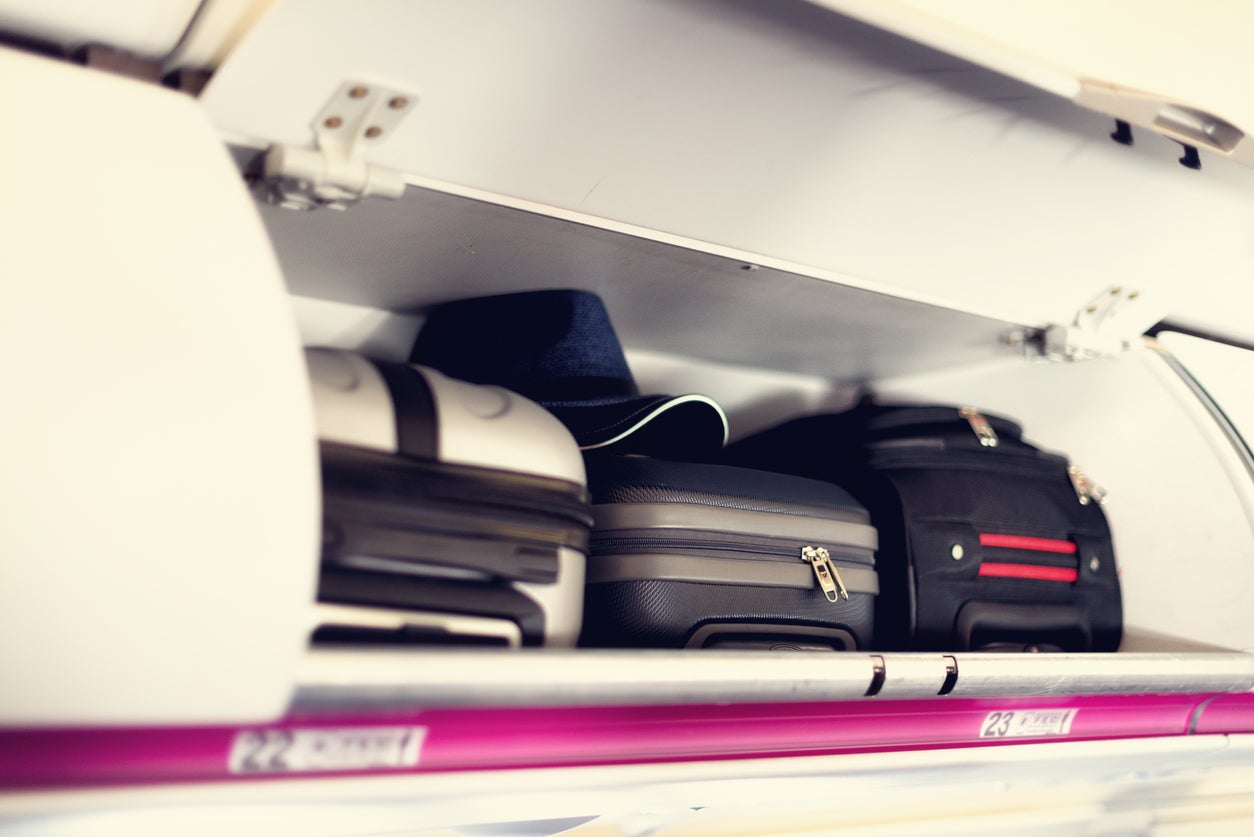How much money do budget airlines make from charging for extras?
As Ryanair starts charging customers to take a second piece of hand luggage, we look at the amount of revenue generated by all the add-ons

We’ve all done it – booked an impossibly cheap flight, only to discover the original price didn’t include the myriad extras we might need. By the time bags, seat reservation and something to eat are added on, the total cost – while still good-value – is far steeper than first advertised.
These extra charges, comprising pretty much everything but the seat, are known as “ancillary revenue” in the trade. And, while they might seem innocuous, they actually generate an incredible amount of money for airlines, making up a significant percentage of pre-tax profits.
This is particularly true of budget airlines, and is especially pertinent given Ryanair’s recent rule change when it comes to free hand luggage.
Europe’s largest airline instigated a policy change on 1 November: where previously passengers could take two pieces of luggage at no extra cost, including a fair-sized trolley bag, from now on they’ll only be allowed to take one mid-sized bag onboard that fits under the seat in front.
To take a bigger bag on top of that, customers will have to pay £6 for priority boarding, which includes a 10kg cabin bag, or £8 to check a 10kg bag.
Ryanair has insisted the move is aimed at improving timekeeping rather than making money, and that only 40 per cent of people will be affected (60 per cent already either buy priority boarding or only bring one small bag on, according to the airline).
However, it would be naïve to suggest this won’t lead to a boost in ancillary revenue for Ryanair – after all, suddenly 40 per cent of passengers who previously would have brought along two bags without paying any extra charge will potentially be stumping up a minimum of £12 per return flight.
That might not sound like a lot, but consider this – in H1, the first half of this financial year (1 April to 30 September 2018), Ryanair flew 76.6 million passengers, up six per cent from the same period the previous year. Forty per cent equals 30.6 million people. Imagine all of them want to bring that second, bigger bag and pay £12 to do so; that’s a whopping £367m in six months.
Of course, it’s not an accurate calculation: some people will make do with one bag, and not all passengers will be eligible for priority boarding as it’s capped at 95 people per flight.

Ryanair already makes a huge amount of its capital from ancillary revenue, even before the new hand luggage rules came into play. In H1, this revenue stream increased by 27 per cent to €1.3bn (£1.1bn), driving an eight per cent increase in total revenue to €4.8bn (£4.2bn). This number is likely to only go up.
It’s far from the only airline to make a consequential percentage of its profits through add-ons. EasyJet made $1.3bn (£1bn) in 2017 from ancillary revenue, 19.5 per cent of its total revenue, according to IdeaWorksCompany’s annual report, the Yearbook of Ancillary revenue. The airline was the 10th highest earner from this income source, revealed the report.
Some 27.6 per cent of Jet2’s total incomings came from ancillary revenue in 2017, adding up to $305m (£235m), while just five per cent of British Airways’ revenue – $802m (£618m) – came from this source.
According to the report, since its first incarnation in 2017, the amount of ancillary revenue generated by airlines has increased every year: “Ten years ago, the top 10 airlines, as rated by total ancillary revenue, generated $2.1bn. For 2017, the top 10 airline total has jumped to $29.7bn.
“Passenger fares may dip and climb, but ancillary revenue has grown steadily in its contribution to the industry’s bottom line.”
Join our commenting forum
Join thought-provoking conversations, follow other Independent readers and see their replies
Comments
Bookmark popover
Removed from bookmarks